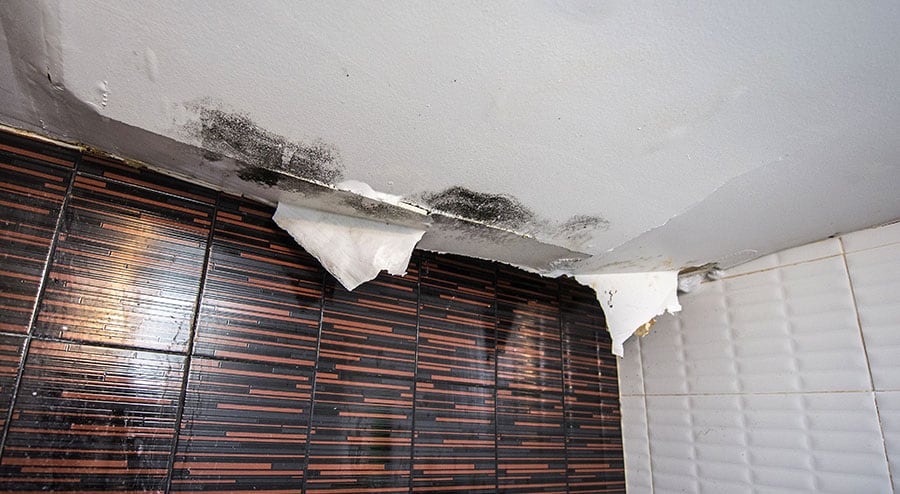Do's & Don'ts of Water Damage.
Do's & Don'ts of Water Damage.
Blog Article
This article below relating to Fire And Water Damage Prevention is absolutely insightful. Check it out for your own benefit and figure out what you think about it.

Water gives life, water breach on components where it's not meant to be can result in damages. If the water saturates right into your structure, it can peel off away surface areas and deteriorate the foundation. Mold and mildew and also mold additionally flourish in a wet atmosphere, which can be dangerous for your wellness. Residences with water damage odor musty as well as old.
Water can come from several resources such as tropical storms, floodings, burst pipes, leakages, and sewage system concerns. In case you experience water damages, it would certainly be great to understand some safety and security precautions. Right here are a couple of standards on just how to manage water damages.
Do Prioritize Residence Insurance Protection
Water damages from flooding because of hefty winds is seasonal. You can likewise experience a sudden flood when a faulty pipeline suddenly breaks right into your residence. It would certainly be best to have residence insurance policy that covers both disasters such as natural catastrophes, and also emergency situations like damaged plumbing.
Do Not Fail To Remember to Switch Off Energies
This reduces off power to your whole house, preventing electric shocks when water comes in as it is a conductor. Don't fail to remember to transform off the major water line valve.
Do Keep Proactive and also Heed Weather Condition Notifies
Storm floods can be very unpredictable. If there is a background of flooding in your neighborhood, stay prepared and aggressive. Listen to emptying warnings if you live near a river, creek, or lake . Get valuables from the ground floor and also cellar, after that put them on the highest possible degree. Doing so reduces prospective residential property damages.
Do Not Overlook the Roofing System
You can prevent rainfall damages if there are no holes as well as leaks in your roof covering. This will prevent water from flowing down your walls as well as saturating your ceiling.
Do Focus On Little Leakages
A burst pipeline doesn't happen overnight. You might see gurgling paint, peeling off wallpaper, water touches, water spots, or leaking audios behind the wall surfaces. Have your plumbing repaired before it results in enormous damage.
Don't Panic in Case of a Ruptured Pipeline
Maintaining your presence of mind is important in a time of crisis. Panicking will only worsen the trouble because it will certainly suppress you from acting quickly. When it comes to water damage, timing is vital. The longer you wait, the more damage you can expect. Thus, if a pipeline bursts in your house, quickly shut down your main water shutoff to cut off the resource. Unplug all electrical outlets in the area or transform off the circuit breaker for that part of the home. Ultimately, call a trustworthy water damage restoration professional for support.
Water provides life, water intrusion on parts where it's not intended to be can result in damages. Houses with water damages odor stuffy and also old.
Water damages from flooding charges to hefty winds is seasonal. You might discover gurgling paint, peeling off wallpaper, water touches, water spots, or leaking sounds behind the wall surfaces. When it comes to water damages, timing is essential.
Some Do's & Don't When Dealing with a Water Damage
DO:
Make sure the water source has been eliminated. Contact a plumber if needed. Turn off circuit breakers supplying electricity to wet areas and unplug any electronics that are on wet carpet or surfaces Remove small furniture items Remove as much excess water as possible by mopping or blotting; Use WHITE towels to blot wet carpeting Wipe water from wooden furniture after removing anything on it Remove and prop up wet upholstery cushions for even drying (check for any bleeding) Pin up curtains or furniture skirts if needed Place aluminum foil, saucers or wood blocks between furniture legs and wet carpet Turn on air conditioning for maximum drying in winter and open windows in the summer Open any drawers and cabinets affected for complete drying but do not force them open Remove any valuable art objects or paintings to a safe, dry place Open any suitcases or luggage that may have been affected to dry, preferably in sunlight Hang any fur or leather goods to dry at room temperature Punch small holes in sagging ceilings to relieve trapped water (don't forget to place pans beneath!); however, if the ceiling is sagging extremely low, stay out of the room and we'll take care of it DO NOT:
Leave wet fabrics in place; dry them as soon as possible Leave books, magazines or any other colored items on wet carpets or floor Use your household vacuum to remove water Use TV's or other electronics/appliances while standing on wet carpets or floors; especially not on wet concrete floors Turn on ceiling fixtures if the ceiling is wet Turn your heat up, unless instructed otherwise

Do you appreciate reading up on Safety Tips To Prevent Fire And Water Damage? Put feedback below. We would be delighted to know your responses about this blog. In hopes to see you back again soon. Are you aware of somebody else who is looking into 5 Home Safety Tips To Reduce The Risk Of Fire And Water Damage? Do not hesitate to share it. Many thanks for your time. Come back soon.
Report this page